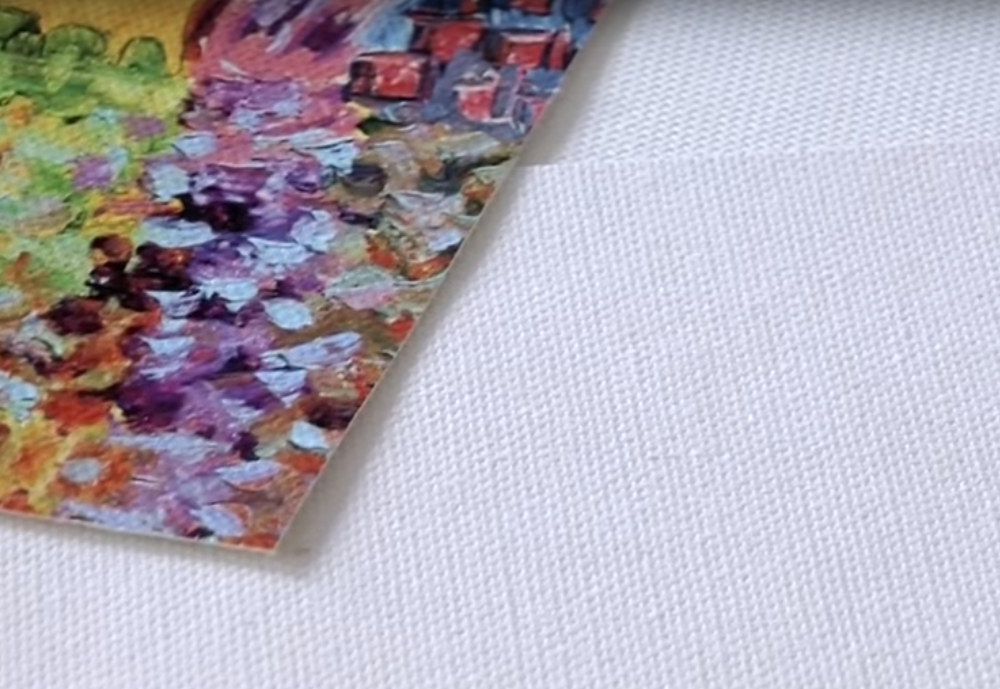
During the printing process, some substrates may shrink, while others may expand. If this happens, the dimensions of the print will not be correct.
As a general rule, you can expect the following percentages of shrinkage:
● Banner: less than 2%
● Self-adhesive vinyl: less than 0.5%
● Backlit: less than 0.5%
● Paper: less than 0.5%
● PP & PE synthetics: less than 1%
The framing problem may be solved by printing a sample and adjusting the size of the image in the RIP. You may reuse this value for all your future prints with the same substrate, although special care must be taken when using banners, as the shrinkage may vary up to 1% depending on the amount of ink used in the print.
You can expect the following variations from one print to another:
● Banner: less than 0.3%
● Self-adhesive vinyl: less than 0.1%
● Backlit: less than 0.05%
● Paper: less than 0.1%
● PP & PE synthetics: less than 0.4%
To solve the tiling problem and improve the repeatability of the printed size, you are recommended to ensure that the substrate-advance sensor is enabled in the RIP's substrate preset, as this will improve the stability of the prints over time. You are also recommended to tile together areas with similar amounts of ink. If this is not possible, print the areas with different amounts of ink as different jobs and modify the length of the job with less ink in the RIP to match its size with the job with high ink content. Some RIPs may provide a scaling option that allows you to compensate easily for substrate shrinkage or expansion; see your RIP documentation.
See also Variable Front Tension Kit on page 132 of the User Guide.










